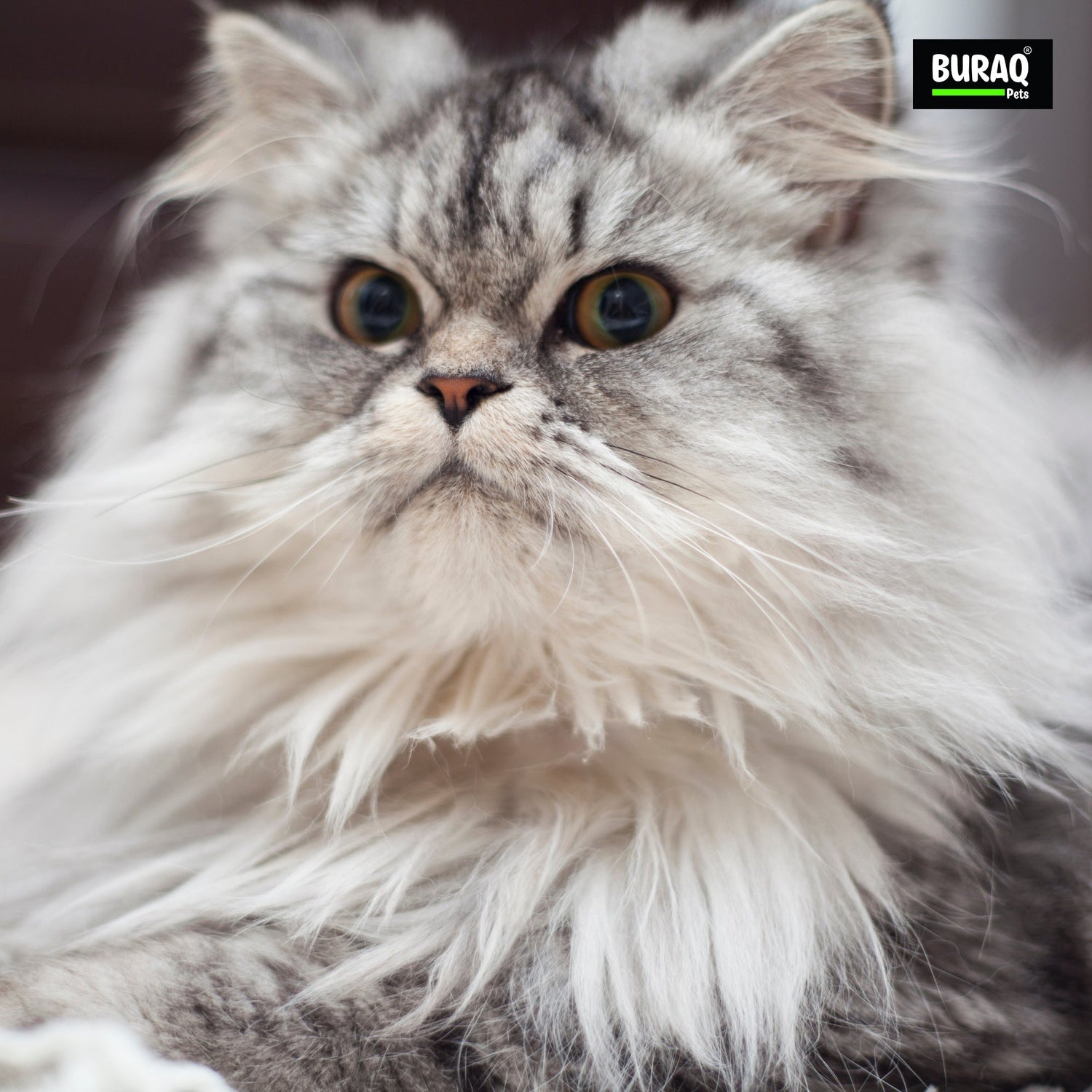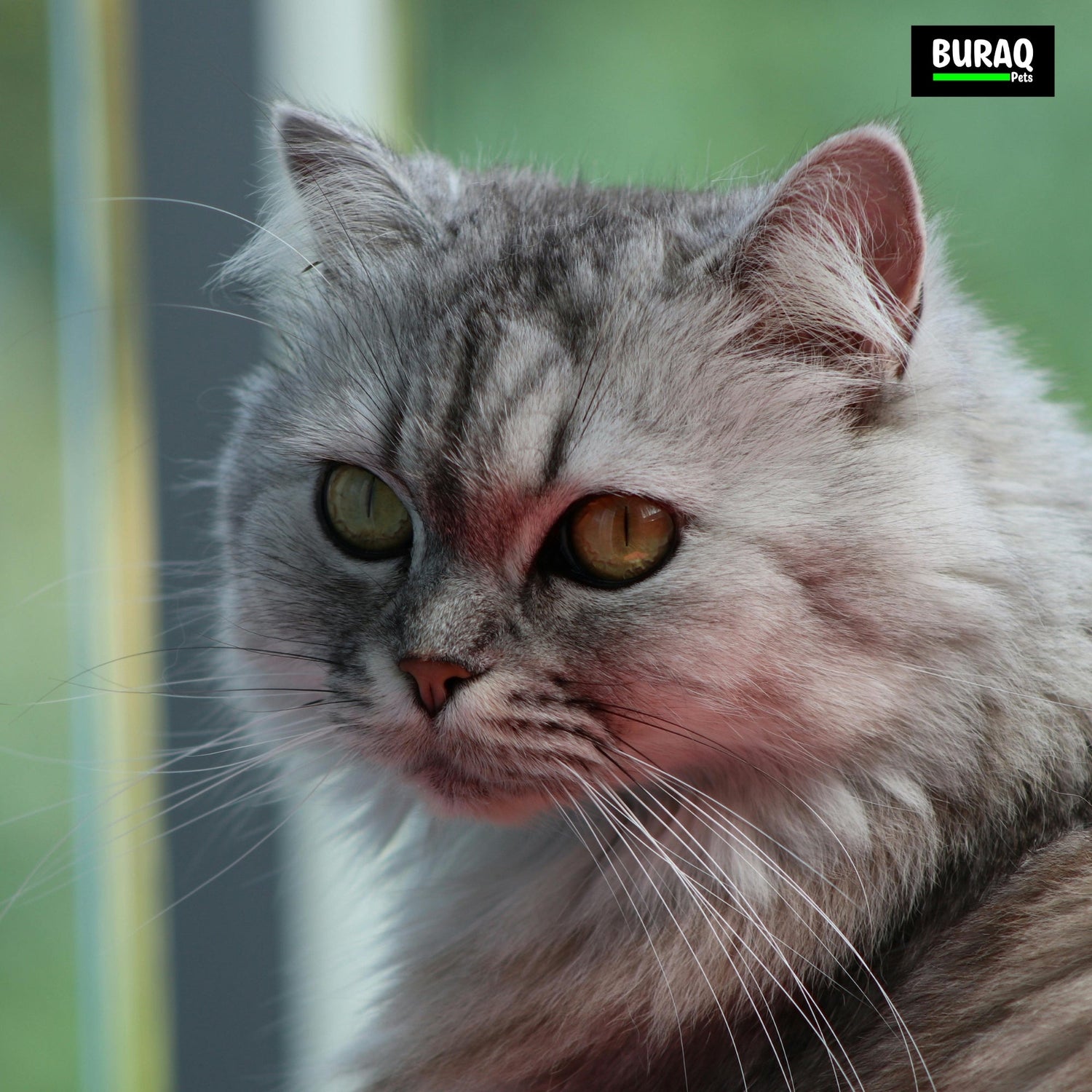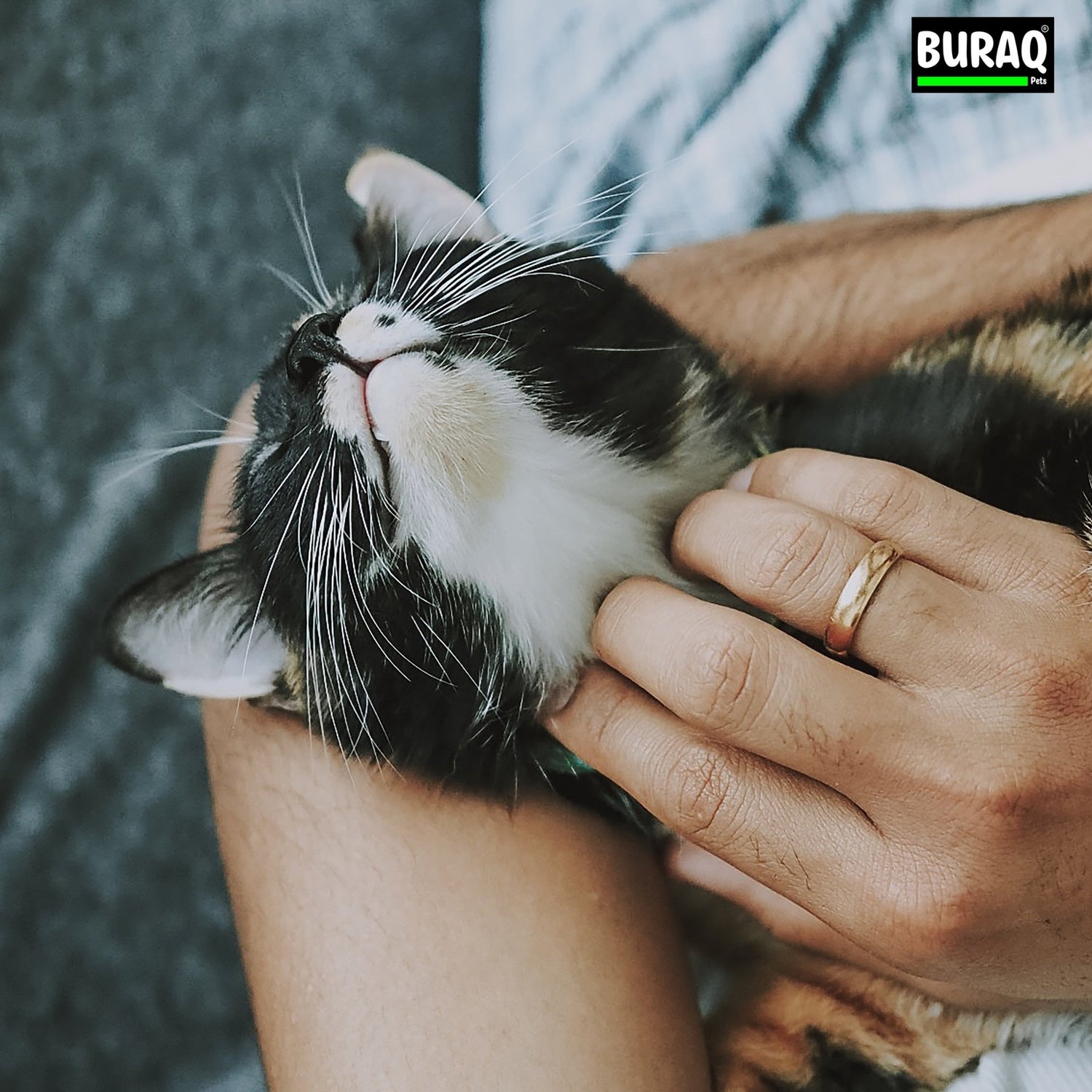 Introduction: Why Your Pet Needs a Consistent Routine
Introduction: Why Your Pet Needs a Consistent Routine
In the bustling cities and quiet neighborhoods across India, millions of pets start their day wondering what it will bring. Will breakfast come at 7 AM or 10 AM today? Will there be a morning walk or will they need to wait until evening? For our furry companions, these aren’t trivial questions—they’re the foundation of their sense of security and wellbeing.
Establishing a consistent pet routine India pet owners can follow is more than just convenient scheduling—it’s a fundamental aspect of responsible pet care. Research shows that pets thrive on predictability, with consistent routines helping to reduce anxiety and promote better behavior. Just like humans, animals have internal body clocks that regulate everything from hunger to sleep patterns.
“Pets don’t understand concepts like weekends or holidays,” explains Dr. Ananya Sharma, a leading veterinarian in Mumbai. “They experience time through the predictable patterns we create for them. When these patterns are consistent, pets feel secure. When they’re disrupted, it can lead to stress and behavioral issues.”
For new pet parents especially, creating structured daily pet care routines might seem overwhelming at first. Between work commitments, social obligations, and the unique challenges of Indian urban living, finding consistency can be challenging. However, the benefits of establishing these routines far outweigh the initial effort required.
This guide will walk you through everything you need to know about creating effective pet routines that work specifically for Indian lifestyles, whether you’re caring for a playful Labrador in a Bangalore apartment or a Persian cat in a Delhi townhouse.
The Science Behind Pet Routines: Why Consistency Matters
The benefits of walking dog daily or maintaining consistent feeding times aren’t just anecdotal—they’re backed by science. Animals, including our domestic pets, evolved with strong circadian rhythms that govern their biological processes. These internal clocks help regulate hormone production, digestion, sleep cycles, and even behavior patterns.
When we establish consistent routines, we’re working with these natural rhythms rather than against them. Research shows that pets with predictable daily schedules experience:
Reduced Anxiety and Stress
Pets, particularly dogs, are creatures of habit who find comfort in knowing what comes next. A study published in the Journal of Veterinary Behavior found that dogs with inconsistent daily routines showed significantly higher cortisol levels (a stress hormone) than those with predictable schedules.
“When a pet doesn’t know when they’ll eat next or when they’ll get exercise, it creates a state of constant low-level anxiety,” explains animal behaviorist Dr. Rajiv Menon. “This is especially true for rescue animals who may have experienced food insecurity or neglect in the past.”
For many Indian households where both adults work outside the home, maintaining consistency can be challenging. However, even small efforts toward routine can make a significant difference in your pet’s stress levels.
Improved Behavior and Training Success
Proper dog care includes establishing boundaries and expectations, which are reinforced through consistent routines. Pets who know what to expect and when to expect it are typically better behaved and more responsive to training.
“When training a new puppy or kitten, consistency is your greatest ally,” says professional dog trainer Priya Verma. “If a puppy learns that bathroom breaks always follow meals and naps, housetraining becomes much easier. If these breaks are random, the puppy never learns to anticipate and hold their bladder.”
This principle applies to all aspects of pet behavior. Consistent feeding times help prevent food aggression. Regular exercise reduces destructive behaviors born from boredom and excess energy. Even consistent grooming routines help pets become more comfortable with handling.
Enhanced Physical Health
Your pet’s physical wellbeing is directly tied to the consistency of their care routine. Regular feeding schedules help regulate digestion and prevent issues like bloating or upset stomach. Consistent exercise routines maintain healthy weight and cardiovascular function.
“One of the biggest health issues we see in urban Indian pets is obesity,” notes veterinarian Dr. Sharma. “This is often tied to irregular feeding and exercise patterns. When meals and walks happen at consistent times, it’s easier to monitor and control caloric intake and expenditure.”
Essential Components of a Daily Pet Routine
Creating an effective pet routine India pet owners can implement requires attention to several key components. Each element plays a vital role in your pet’s overall wellbeing:
Feeding: The Cornerstone of Pet Routines
Establishing consistent feeding times is perhaps the most important aspect of your pet’s daily routine. Most adult dogs do well with two meals daily, while cats may prefer smaller, more frequent meals.
When establishing a feeding schedule, consider:
- Timing: Try to feed at approximately the same times each day
- Quantity: Measure portions to prevent overfeeding
- Location: Feed in the same place to create a sense of security
- Quality: Choose nutritionally complete foods appropriate for your pet’s age and health needs
“In Indian households, there’s often a tendency to share human food with pets,” cautions nutritionist Dr. Meera Patel. “While the occasional treat is fine, maintaining a consistent diet of quality pet food is essential for long-term health.”
For working pet parents, automatic feeders can help maintain consistency even when your schedule varies. Buraq Pets offers programmable feeders that dispense pre-measured portions at set times, ensuring your pet never misses a meal even during your long workdays.
Exercise: Tailoring Activity to Your Pet’s Needs
Understanding how to care for a dog properly means recognizing their need for regular physical activity. Dogs require daily exercise to maintain physical and mental health, though the amount varies by breed, age, and individual temperament.
For most dogs in India, a dog routine schedule should include:
- Morning walk (15-30 minutes for small breeds, 30-60 minutes for larger breeds)
- Evening walk or play session
- Short training or play breaks throughout the day when possible
“Many Indian pet parents struggle with exercising their dogs during extreme weather,” notes canine fitness expert Arjun Singh. “During summer months, early morning and late evening walks are essential to prevent heat stress. During monsoon season, having indoor exercise alternatives is important.”
For cats, exercise looks different but is equally important. A cat care routine should include:
- 2-3 interactive play sessions daily (10-15 minutes each)
- Access to climbing spaces and scratching posts
- Rotation of toys to prevent boredom
Grooming: Regular Maintenance for Health and Comfort
Grooming needs vary widely between pets, but all benefit from regular attention to their coat, teeth, nails, and ears. Establishing a consistent grooming routine helps prevent health issues and makes the process less stressful for your pet.
A basic grooming schedule might include:
- Daily brushing for long-haired breeds
- Weekly brushing for short-haired pets
- Monthly baths (more frequently for dogs who spend time outdoors)
- Weekly tooth brushing
- Monthly nail trims
“In India’s climate, regular grooming is especially important,” explains professional groomer Divya Kapoor. “During hot months, removing excess fur helps prevent overheating. During monsoon season, thorough drying after walks helps prevent fungal skin infections that thrive in humidity.”
Buraq Pets offers complete grooming kits designed specifically for Indian conditions, including specialized shampoos for humid climates and gentle brushes for different coat types.
Training and Mental Stimulation
Mental exercise is as important as physical activity for pets. Regular training sessions provide mental stimulation while strengthening the bond between you and your pet.
For dogs, incorporate into your dog routine schedule:
- 5-10 minute training sessions 2-3 times daily
- Puzzle toys or food-dispensing toys
- New experiences and environments when possible
For cats, mental enrichment should include:
- Puzzle feeders
- Rotating toys
- Window perches for environmental viewing
- Hiding spots and vertical spaces
“Many behavioral problems we see in Indian pets stem from boredom and lack of mental stimulation,” says animal behaviorist Neha Sharma. “This is especially true in apartment settings where space is limited. Consistent mental enrichment is essential for preventing destructive behaviors.”
Rest and Sleep: The Overlooked Component
Quality rest is a crucial but often overlooked aspect of pet care. Both dogs and cats need significant amounts of sleep—dogs typically sleep 12-14 hours daily, while cats may sleep 15-20 hours.
Creating a consistent sleep routine includes:
- Providing a comfortable, designated sleeping area
- Maintaining consistent bedtimes and wake times when possible
- Respecting your pet’s need for undisturbed rest
“Many pet parents don’t realize that inconsistent sleep patterns can contribute to behavioral issues,” notes Dr. Menon. “Just like children, pets who are overtired often become hyperactive or irritable.”
Adjusting Routines Based on Pet Type and Age
While the basic components of a routine remain consistent, how to plan pet routine details should vary based on your pet’s species, age, and individual needs.
Dog vs. Cat Routines: Understanding the Differences
Dogs and cats have fundamentally different needs when it comes to daily routines:
Dogs are pack animals who typically prefer:
- More structured routines with clear patterns
- Regular social interaction and companionship
- Scheduled outdoor time for elimination and exercise
- More frequent attention and engagement
Cats are independent hunters who typically prefer:
- More flexible routines with consistent elements
- Periods of solitude balanced with interaction
- Multiple small meals throughout the day
- Environmental enrichment over direct play
“Understanding these fundamental differences is key to creating appropriate routines,” explains feline behaviorist Dr. Sanjana Patel. “While dogs often thrive on rigid schedules, cats may become stressed if their routine is too inflexible.”
Age-Specific Considerations
How to care for a dog or cat properly changes throughout their life stages:
Puppies and Kittens (0-6 months)
- More frequent feeding (3-4 times daily)
- More frequent bathroom breaks (every 2-3 hours for puppies)
- Short, frequent play and training sessions
- More sleep (18-20 hours daily)
- Consistent socialization opportunities
Adult Pets
- Regular twice-daily feeding
- Established exercise routines
- Consistent training reinforcement
- Regular preventative healthcare
Senior Pets
- Possible adjustment to more easily digestible foods
- Modified exercise intensity
- More frequent health monitoring
- Additional comfort accommodations
- Possible adjustment to more frequent, smaller meals
“As pets age, their routines need to evolve,” advises veterinary geriatric specialist Dr. Amit Khanna. “Senior pets often benefit from more frequent, shorter walks rather than one long exercise session. They may also need more frequent bathroom breaks and additional rest periods.”
India-Specific Considerations for Pet Routines
Creating an effective pet routine India pet owners can implement requires consideration of our unique climate, living arrangements, and cultural factors.
Climate Adaptations
India’s diverse climate presents specific challenges for pet care routines:
Summer Considerations (March-June)
- Schedule walks during cooler hours (early morning before 7 AM, late evening after 7 PM)
- Provide constant access to fresh water
- Consider cooling mats or vests for heat-sensitive breeds
- Watch for signs of heat stress during exercise
Monsoon Adaptations (June-September)
- Have indoor exercise alternatives ready for heavy rain days
- Thoroughly dry pets after walks to prevent skin infections
- Consider waterproof gear for essential walks
- Be vigilant about parasite prevention as humidity increases
Winter Adjustments (November-February)
- Later morning walks once temperatures rise (especially in North India)
- Consider protective clothing for short-haired breeds in colder regions
- Provide warm sleeping areas away from drafts
Urban Living Challenges
The majority of Indian pet owners live in urban settings, which creates specific routine considerations:
Apartment Living
- Establish strict bathroom schedules for dogs to prevent accidents
- Create designated indoor play areas
- Use balconies safely for fresh air (with proper barriers)
- Consider soundproofing for training sessions to respect neighbors
Limited Green Spaces
- Research and map pet-friendly parks in your area
- Schedule longer outings to green spaces on weekends
- Create enrichment opportunities at home to compensate
- Consider pet-friendly cafes and establishments for socialization
Work Schedule Accommodations
Many Indian households have all adults working outside the home, creating challenges for pet routines:
For Long Work Days
- Consider mid-day pet sitters or dog walkers
- Use automatic feeders for consistent meal times
- Create safe, engaging spaces for pets while alone
- Consider doggy daycare options for highly social breeds
“Work-life balance is a challenge for many Indian pet parents,” acknowledges pet care expert Vikram Mehta. “Creating routines that accommodate work schedules while meeting your pet’s needs requires creativity and sometimes additional support services.”
Power Outage Preparations
In many parts of India, power outages remain a reality that can disrupt pet routines:
- Have battery-operated fans available for cooling during summer outages
- Keep emergency lighting accessible for evening bathroom breaks
- Consider how outages might affect electronic feeders or water fountains
- Create a backup plan for maintaining temperature control for sensitive breeds
Essential Products for Maintaining Consistent Routines
The right tools can make establishing and maintaining pet routines significantly easier. Buraq Pets offers several products specifically designed for Indian pet parents:
Feeding Solutions
- Automatic Timed Feeders: Perfect for working pet parents, these programmable feeders dispense pre-measured portions at set times
- Slow Feeder Bowls: Help prevent digestive issues from rapid eating
- Elevated Feeding Stations: Provide more comfortable eating positions for larger breeds
Exercise and Enrichment Tools
- Weather-Appropriate Walking Gear: Including reflective leashes for early morning/late evening walks and cooling vests for summer
- Indoor Enrichment Toys: Puzzle feeders and interactive toys for mental stimulation during extreme weather
- Agility Equipment: Portable, apartment-friendly options for indoor exercise
Grooming Essentials
- Climate-Specific Shampoos: Formulated for India’s humidity and heat
- Deshedding Tools: Essential during seasonal coat changes
- Portable Paw Cleaners: Perfect for monsoon season walks
“Having the right tools makes maintaining routines much easier,” notes product specialist Anita Reddy from Buraq Pets. “Our products are specifically designed with Indian conditions and lifestyles in mind.”
Getting Started: Implementing Your Pet’s Routine
Now that you understand how to plan pet routine components, it’s time to put knowledge into action. Here’s a step-by-step approach to implementing a successful routine:
1. Assess Your Current Schedule
Begin by honestly evaluating your daily and weekly schedule. When are you consistently home? When are your commitments flexible? Understanding your own routine is the first step in creating one that works for your pet.
2. Start with the Essentials
Begin implementing the most critical elements first:
- Consistent feeding times
- Regular bathroom breaks
- Basic exercise requirements
Once these foundations are established, you can add more enrichment activities.
3. Introduce Changes Gradually
If you’re transitioning from an inconsistent schedule, make changes incrementally. Sudden routine changes can cause stress for pets. Adjust feeding times by 15-30 minutes each day until you reach your target schedule.
4. Use Visual Reminders
Create a pet care chart or use a pet care app to track routine elements. This is especially helpful when multiple family members share pet care responsibilities.
5. Be Consistent but Flexible
While consistency is the goal, life happens. Create contingency plans for disruptions like travel, illness, or work emergencies. Having backup plans helps maintain some consistency even during unusual circumstances.
“The perfect pet routine balances structure with adaptability,” advises pet behavior consultant Ritu Sharma. “The goal isn’t rigid adherence to a schedule but rather creating predictable patterns that both you and your pet can rely on.”
Conclusion: Your Pet’s Routine Journey Starts Today
Establishing a consistent pet routine India pet owners can maintain despite our unique challenges is one of the most important gifts you can give your furry companion. The benefits extend beyond convenience to impact your pet’s physical health, emotional wellbeing, and behavior.
Remember that creating effective routines is a journey, not a destination. As your pet ages, as seasons change, and as your own life evolves, your pet’s routine will need adjustments. The key is maintaining core consistency while allowing for thoughtful adaptation.
Whether you’re a new pet parent just beginning this journey or looking to improve an existing routine, the effort you invest now will pay dividends in your pet’s health and happiness for years to come. Your consistent care creates the secure foundation from which your pet can thrive.
Ready to start building better routines for your pet? Explore Buraq Pets’ collection of routine-supporting products designed specifically for Indian pet parents. From automatic feeders to weather-appropriate walking gear, we have everything you need to make consistency easier.
Because when it comes to pet care, consistency doesn’t just matter—it wins, every single time.






